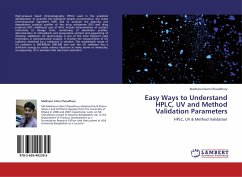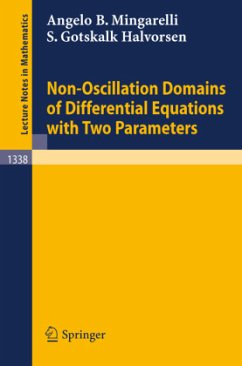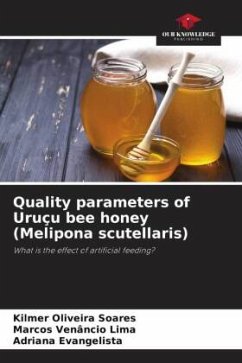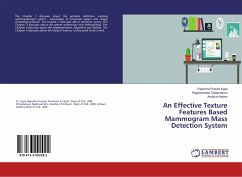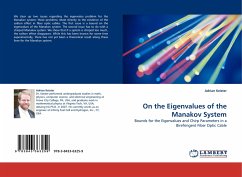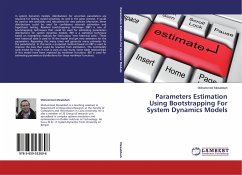
Parameters Estimation Using Bootstrapping For System Dynamics Models
Versandkostenfrei!
Versandfertig in 6-10 Tagen
41,99 €
inkl. MwSt.

PAYBACK Punkte
21 °P sammeln!
In system dynamics models, distributions for uncertain parameters are required for testing model sensitivity. As well in the same context, it could be used to test sensitivity and robustness for new policies. Moreover, these distributions could be used for confidence intervals estimation and hypothesis testing. Residual bootstrapping technique (RBT) is one of bootstrapping techniques that could be used for estimating parameters distributions for system dynamics models. RBT is a statistical technique based on resampling residuals for fabricating "new historical data". These new historical data ...
In system dynamics models, distributions for uncertain parameters are required for testing model sensitivity. As well in the same context, it could be used to test sensitivity and robustness for new policies. Moreover, these distributions could be used for confidence intervals estimation and hypothesis testing. Residual bootstrapping technique (RBT) is one of bootstrapping techniques that could be used for estimating parameters distributions for system dynamics models. RBT is a statistical technique based on resampling residuals for fabricating "new historical data". These new historical data is used to fit the model and get new estimates for the parameters. Repeating this many times will generate many estimates for the parameter(s). In this work a proposed method based on RBT is used to improve the bias that could be resulted from estimation. The commodity cycle model for hogs in USA is used as case study. Some table relationships in this model have been replaced by nonlinear functions. RBT is used for estimating parameters distributions for these nonlinear functions.



